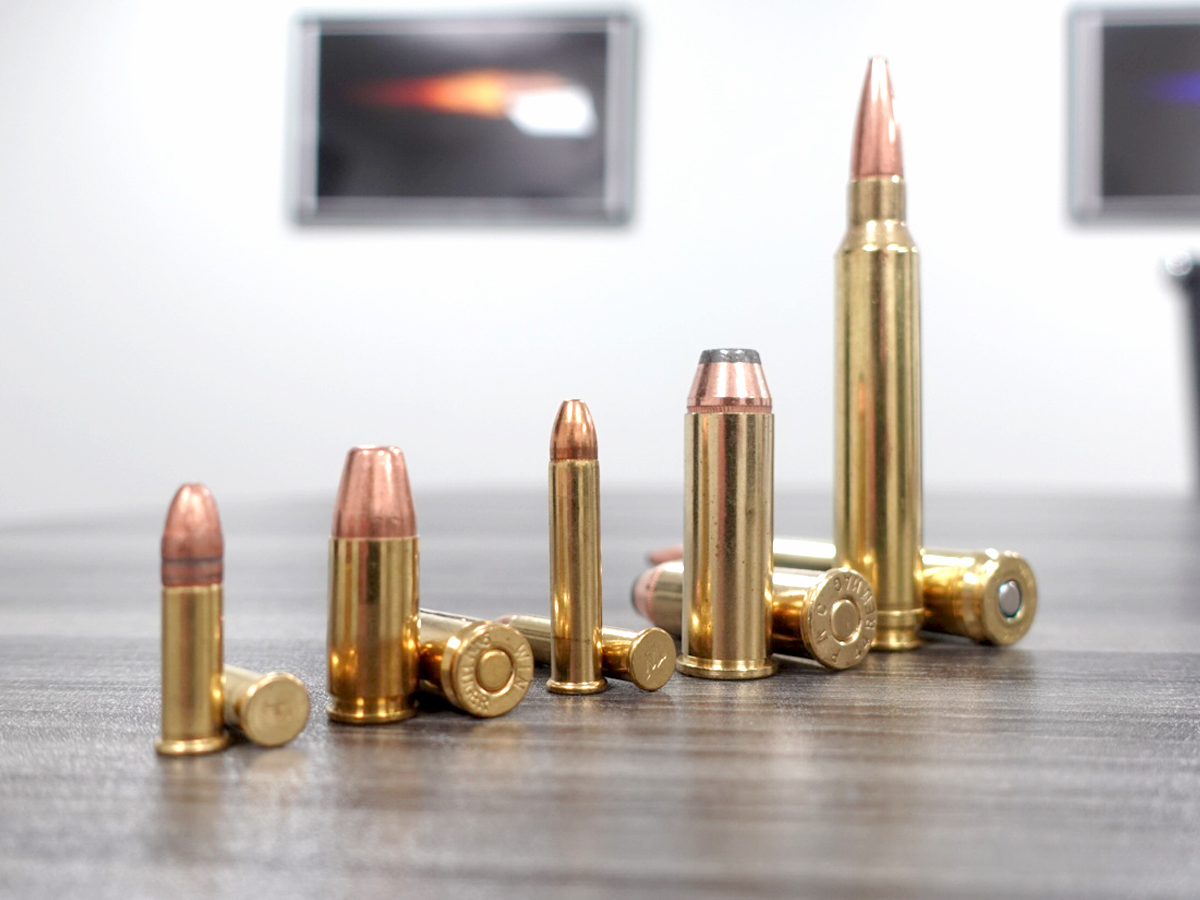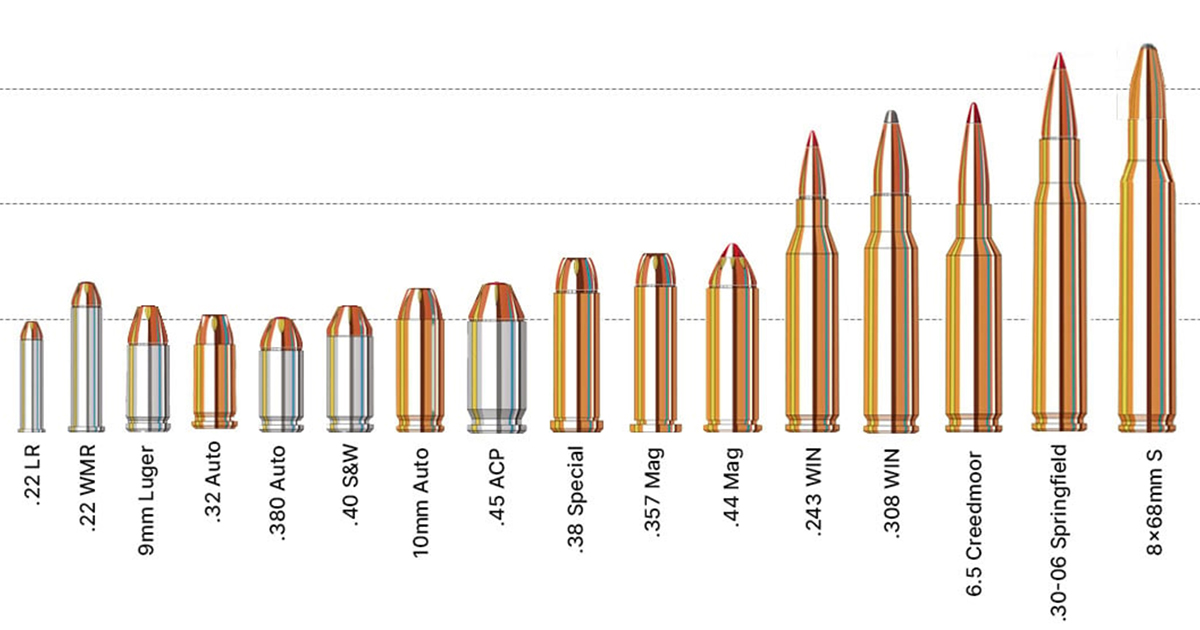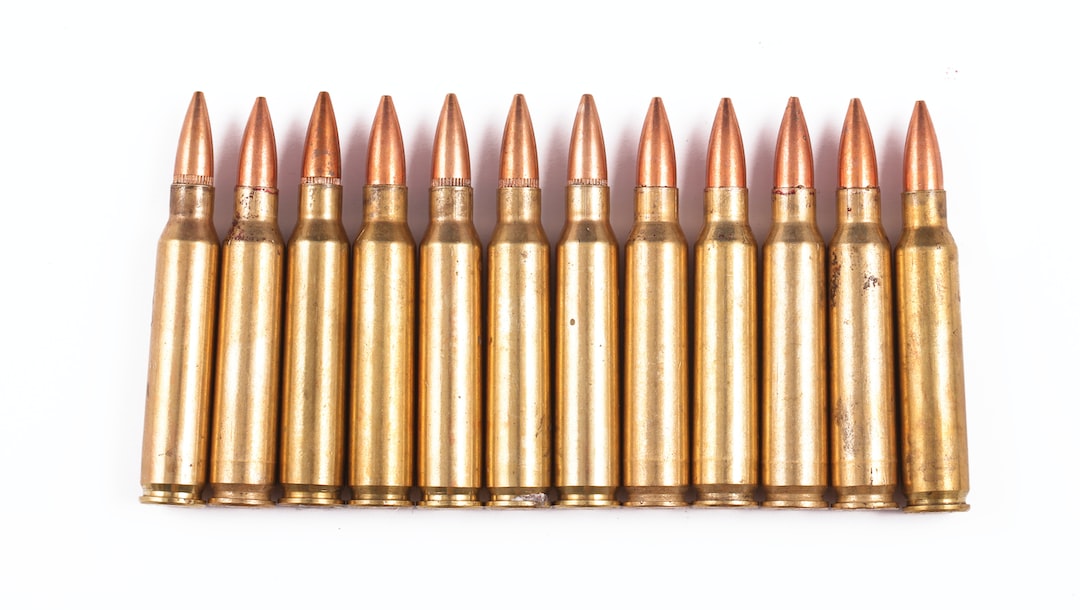Ammunition Pro Llc Fundamentals Explained
Ammunition Pro Llc Fundamentals Explained
Blog Article
How Ammunition Pro Llc can Save You Time, Stress, and Money.
Table of ContentsThe Buzz on Ammunition Pro LlcThe Buzz on Ammunition Pro LlcAn Unbiased View of Ammunition Pro LlcNot known Facts About Ammunition Pro LlcThe Ultimate Guide To Ammunition Pro Llc
The standard parts of ammunition are the same for rifle, handgun, and shotgun ammo. Today we're looking at the what the standard components of ammo are and exactly how they function together to fire a round.The bullet is seated in the open end of the case. When you discharge a bullet out of a semi-auto weapon, the weapon's extractor raises the instance from the shooting chamber and it flies out of the gun.
A gun's firing pin strikes a cartridge's primer. The guide is a steel mug that holds an eruptive chemical substance. When the firing pin strikes the primer cap, it crushes the priming substance against the anvil. This develops a tiny explosion in case that fires up the propellant. The guide lies in the edge of the situation of a rimfire cartridge.
Some Known Details About Ammunition Pro Llc
Gunpowder next to the instance that generally has it. It is typically a combination of saltpeter, charcoal, and sulfur.

We call the projectiles for shotshells, which we discharge with shotguns, slugs and shot. A slug is one strong piece, usually constructed out of lead. Shot is a team of pellets constructed out of lead, steel, bismuth, or tungsten alloy. Shot pellets can come in various dimensions and amounts. Currently that you have a standard understanding of the basic components of ammunition, you can feel a little bit a lot more confident in exactly how your weapon and ammo feature!.
The 2-Minute Rule for Ammunition Pro Llc
Stay on top of Special Deals, Development Notice of Sales, and Shop Occasions
Fun reality: Grains are utilized to describe the mass of a bullet because right back in the early days of guns, it was a dispenser's system of measurement, and an usual measure was required to establish how much lead to use to make actors lead bullets (Online Ammunition Store). 'Grains' as an unit of procedure for weight goes all the way back to ancient times, and represents the weight of a grain of wheat

(https://imageshack.com/user/ammunitiondde)For referral, the weight of a paper clip has to do with 16 gr. We recognize that grains are a procedure of mass, and more = much heavier, and heavy is good? Yes, hefty is good, however mass of the projectile isn't the only thing you require to think about when selecting a round for your gun.
Ammunition Pro Llc - Truths
This spin is created by grooves cut or inculcated the inside of the barrel, which are referred to as 'rifling'. Enjoyable reality, this is the origin of the term "Rifle" ex. A rifled musket vs. smoothbore musket. The effect this spin has on projectiles is a supporting one the bullet rotating keeps the nose directed right, in the very same means that a perfectly spiraled football toss is mosting likely to be a lot more stable and precise in flight than an unsightly duck, end over end throw.
Exactly how does this relate to grain weight? Imagine you're on one of those play ground slide carousels, the ones with bars you hold on to while it spins.
The very same result occurs with bullets. The heavier the projectile, the even more effect a quicker rotate will have on it.
Little Known Facts About Ammunition Pro Llc.
However there's an additional factor that we have to consider when selecting a grain weight for our ammunition. As hinted at above, bullet velocity, or the speed of the projectile, is a major aspect when determining the very best grain weight projectile to utilize. Speed is impacted by a few major elements, including the type and quantity of propellant (gunpowder), barrel size, and bullet weight.

One of the most typical grain weight rounds for 9x19mm cartridges are 115gr and 124gr. These are generally lead core, completely jacketed (FMJ) rounds. Both of these grain weight cartridges will certainly execute well in manufacturing facility 9mm hand guns, to regular gun ranges (up to 50 yards). 115 grain rounds are the most common (and therefore least costly).
Report this page